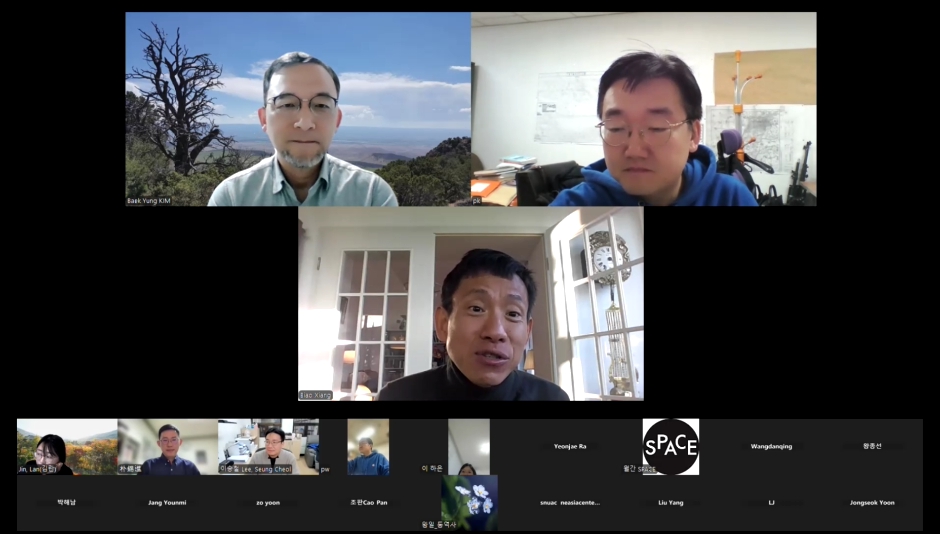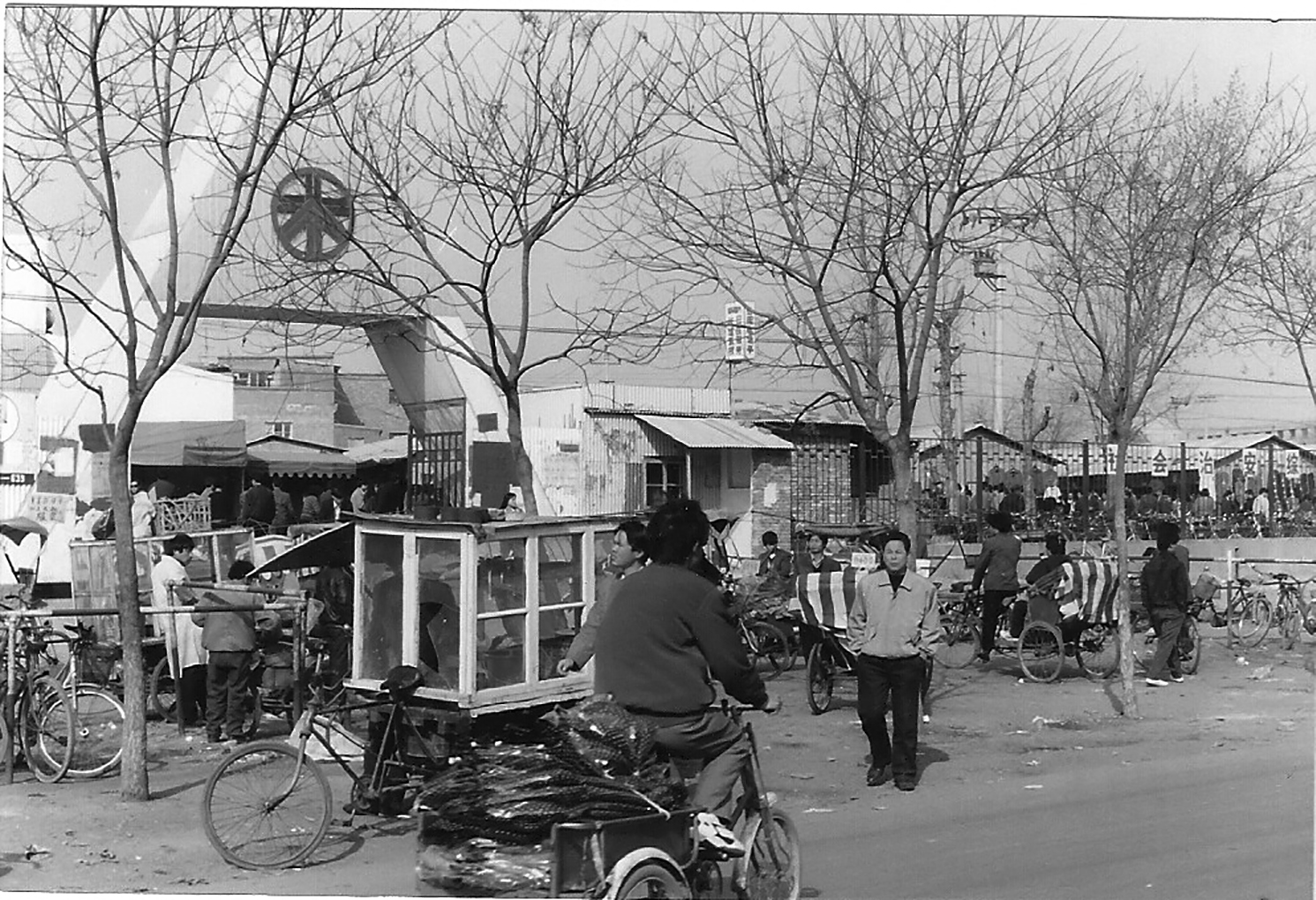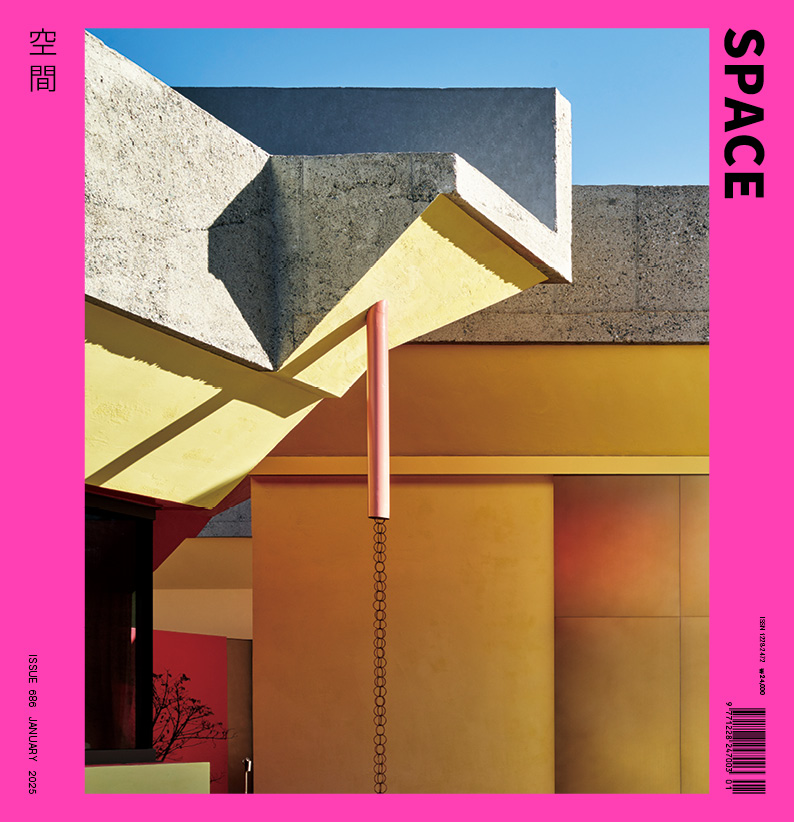SPACE January 2025 (No. 686)

The scene of online meeting for a colloquium, clokwise from top Kim Baekyung, Park Woo, Xiang Biao / Image courtesy of Northeast Asia Center, SNUAC

The earliest clothing wholesale market in Zhejiangcun, Taoyuan Market (桃源市) / Image courtesy of Geulhangari / ©Xiang Biao
On Dec. 5, 2024 an online colloquium co-organised by the SNUAC Northeast Asia Center and the Korean Social History Association titled ‘Transcending Boundaries: Zhejiangcun – The Story of a Migrant Village in Beijing’ was held via Zoom. The theme of this colloquium was centred around a book of Xiang Biao (director, Max Plank Institute for Social Anthropology), Transcending Boundaries: Zhejiangcun: The Story of a Migrant Village in Beijing. Ever since its publication in 2000 in China, after 6 years of living in Zhejiangcun and 20 years of research work, this book has become widely regarded as a major sociological and anthropological landmark that offers deep insights regarding the transformation of contemporary Chinese urban society. This book offers explanation and analysis into how the farmers from Wenzhou managed to cross boundaries to move into a city during a time when moving was relatively restricted, and how ‘Zhejiangcun’ – a migrant community formed in the outskirts of Beijing – could transform into the biggest location for the production and sale of cheap clothing in Beijing in the 1990s. Also, the book offers a study into the dynamic relationships between the state and society after the Chinese Economy Reform of 1978, between the city centre and countryside, urban and rural, and rule and resistance from sociological and anthropological perspectives.
The colloquium was moderated by Park Woo (professor of college of liberal arts, Hansung University) who translated the book into Korean. After the opening words by Kim Baekyung (professor of sociology of Seoul National University) and Xiang Biao’s presentation, the colloquium hosted a panel discussion between Lee Seungcheol (professor of anthropology, Seoul National University), Park Seokjin (research professor, Hanshin University), and Jin Lan (visiting research fellow, Seoul National University Asia Center) before ending by receiving questions from the general audience. Xiang Biao began his presentation by commenting on the ‘numerous uncertainties in the global world such as war and political conflicts’ and expressed that ‘as an anthropologist and a researcher, the task at hand today is to ask oneself how one should observe, think, and live in this world of increasing uncertainties.’ While explaining how the poor migrants of Zhejiangcun could blend in naturally with Beijing local society, Xiang Biao elaborated on this by suggestion that assimilation was possible not because the migrant people of Zhejiangcun received aid from the Beijing citizens but because there was a mutual exchange of aid and collaboration. Xiang Biao also gave specific explanations of how this social network played a key role in the migrant community’s development, presented analyses on what makes today’s contemporary social situation different from the past, and offered possible directions for the present and future.
During the discussion, Xiang Biao insisted that while the story of Zhejiangcun in his book might be a singular narrative with a specific historical context, it could nonetheless be used as a comparative model to reflect on how the formation of social networks could also help build community and forge social development in the Korean context. Xiang Biao explained how today’s capitalist systems and technology have alienated us from a sense of wider community and suggested that we should contemplate how best to engage the more isolated people in today’s individualised society to form communities again. In Korea today, where societal issues such as hyper-individualism and polarisation are ever more prominent, ideas of ‘community’ and a ‘social network’ are almost non- existent. Despite the social, cultural, and historical differences between contemporary Korea and China in the 1980s and 1990s, reflecting on the case of community development in Zhejiangcun is worthwhile, considering how Korea now finds itself at a moment in which it needs to begin thinking about community again.





